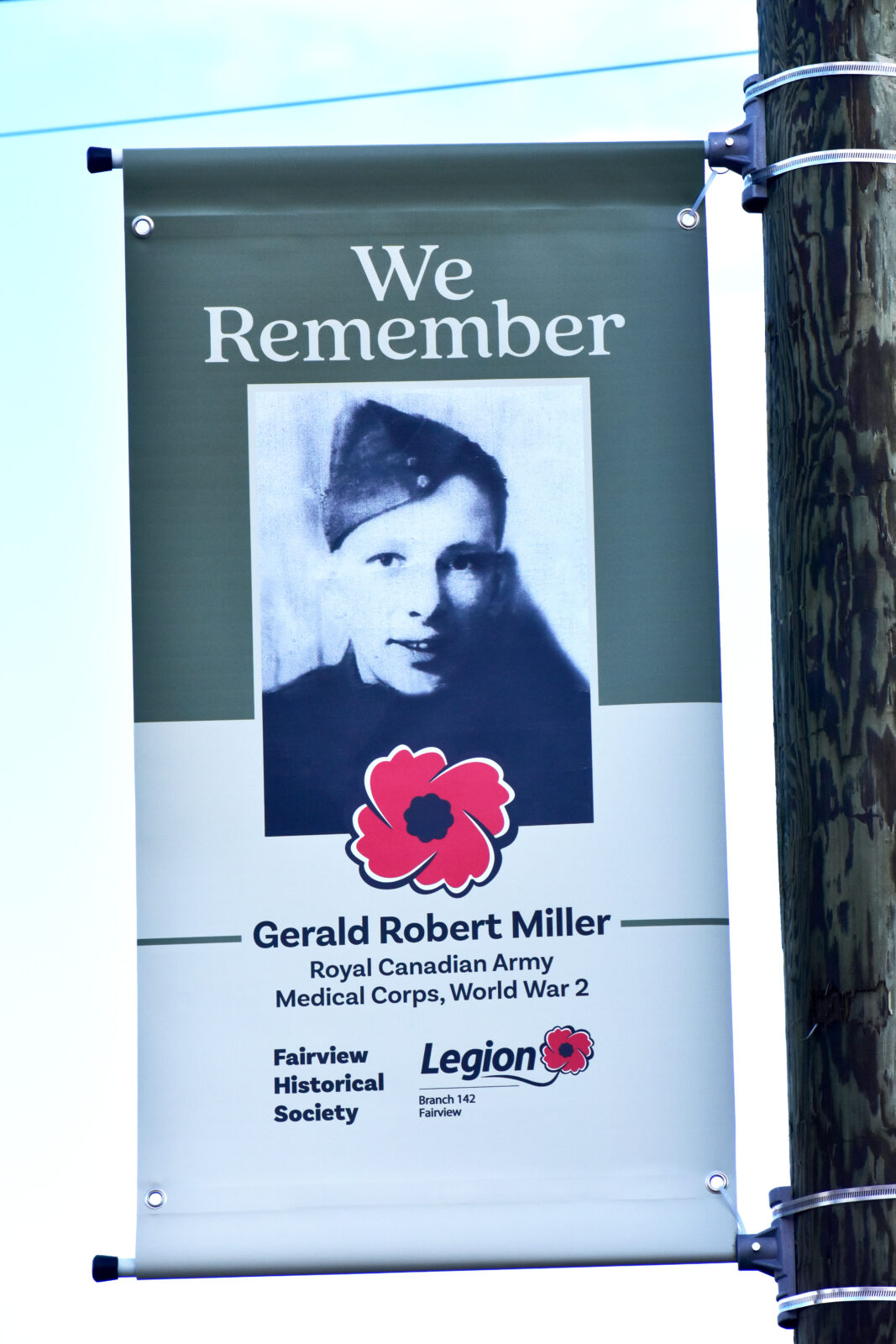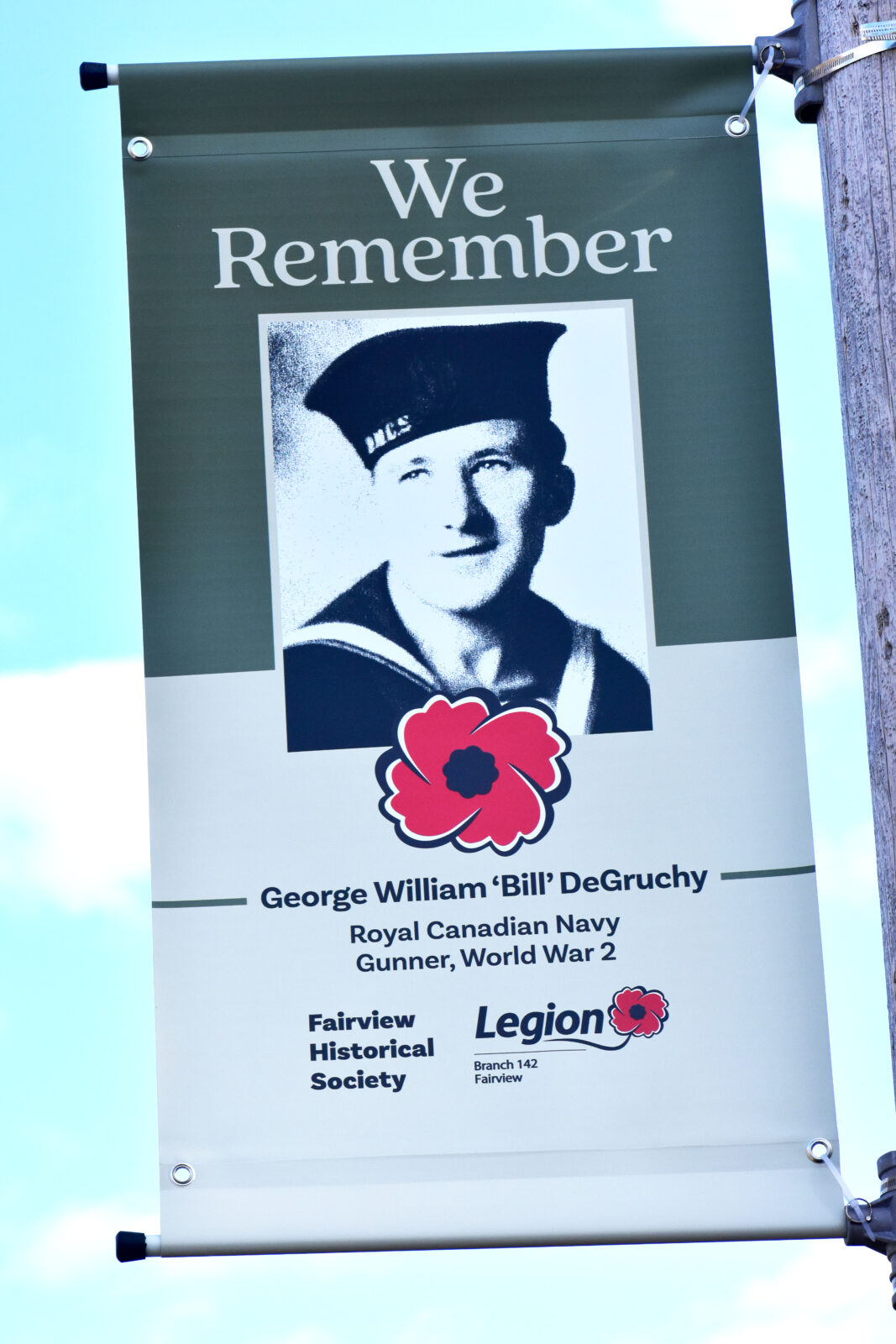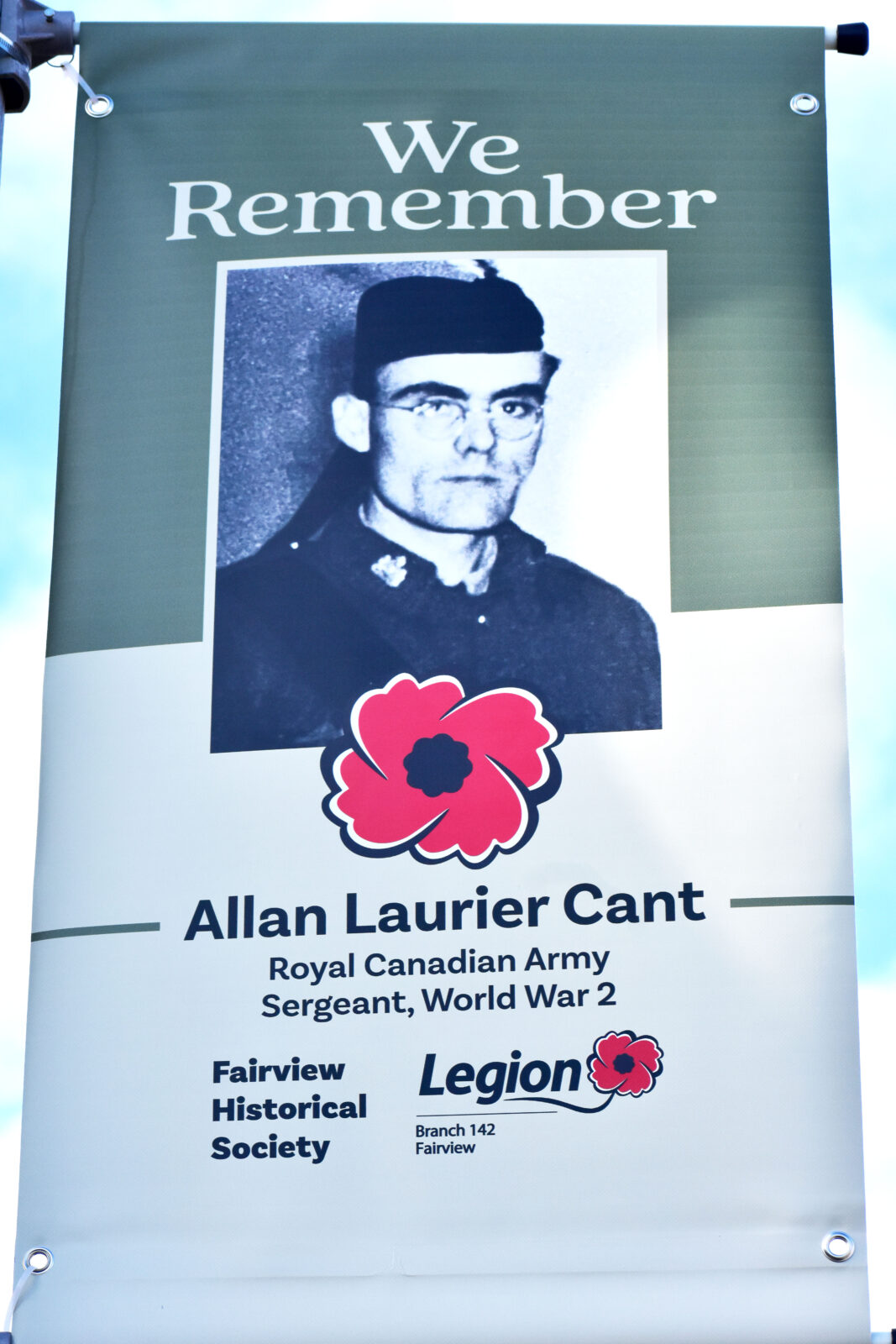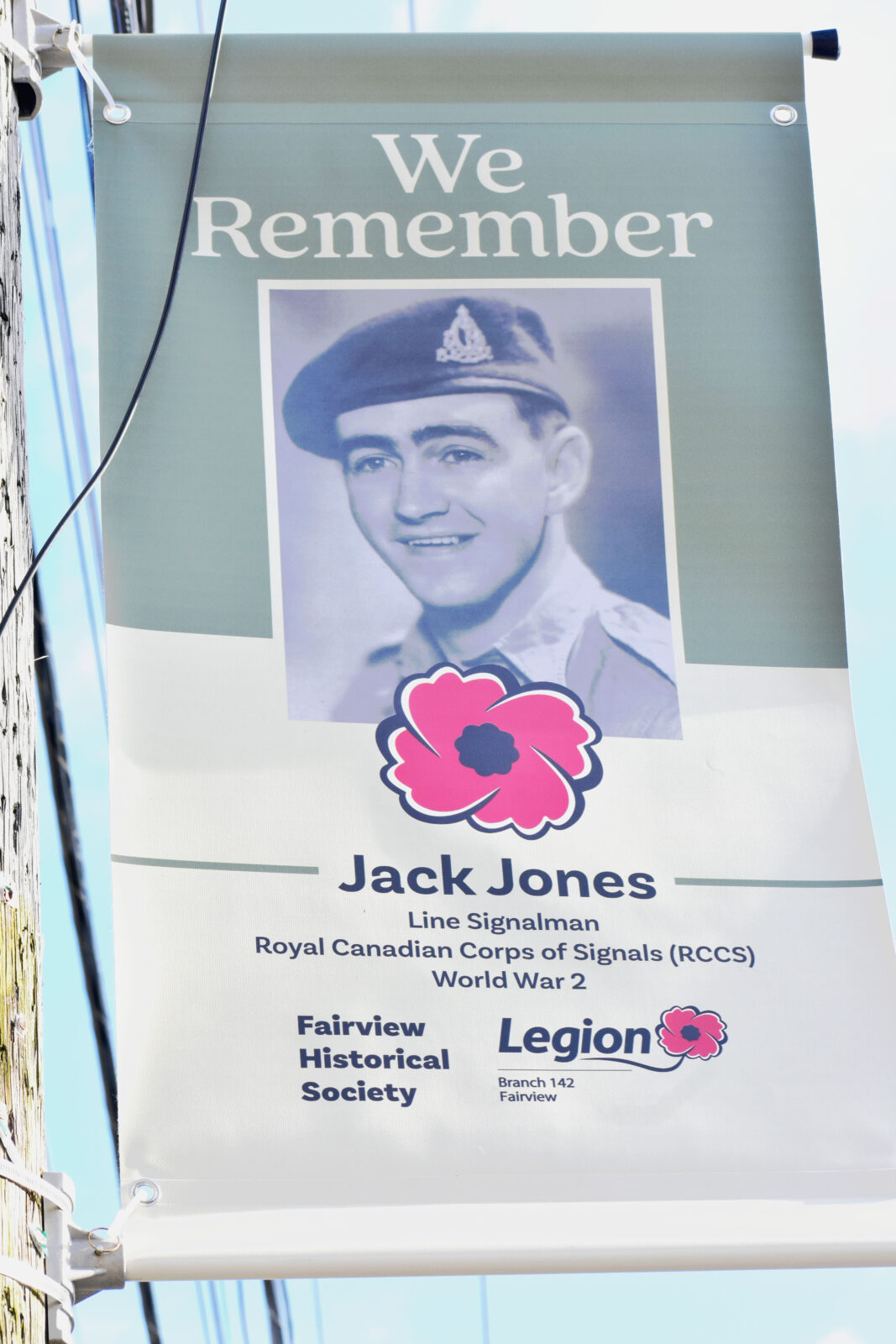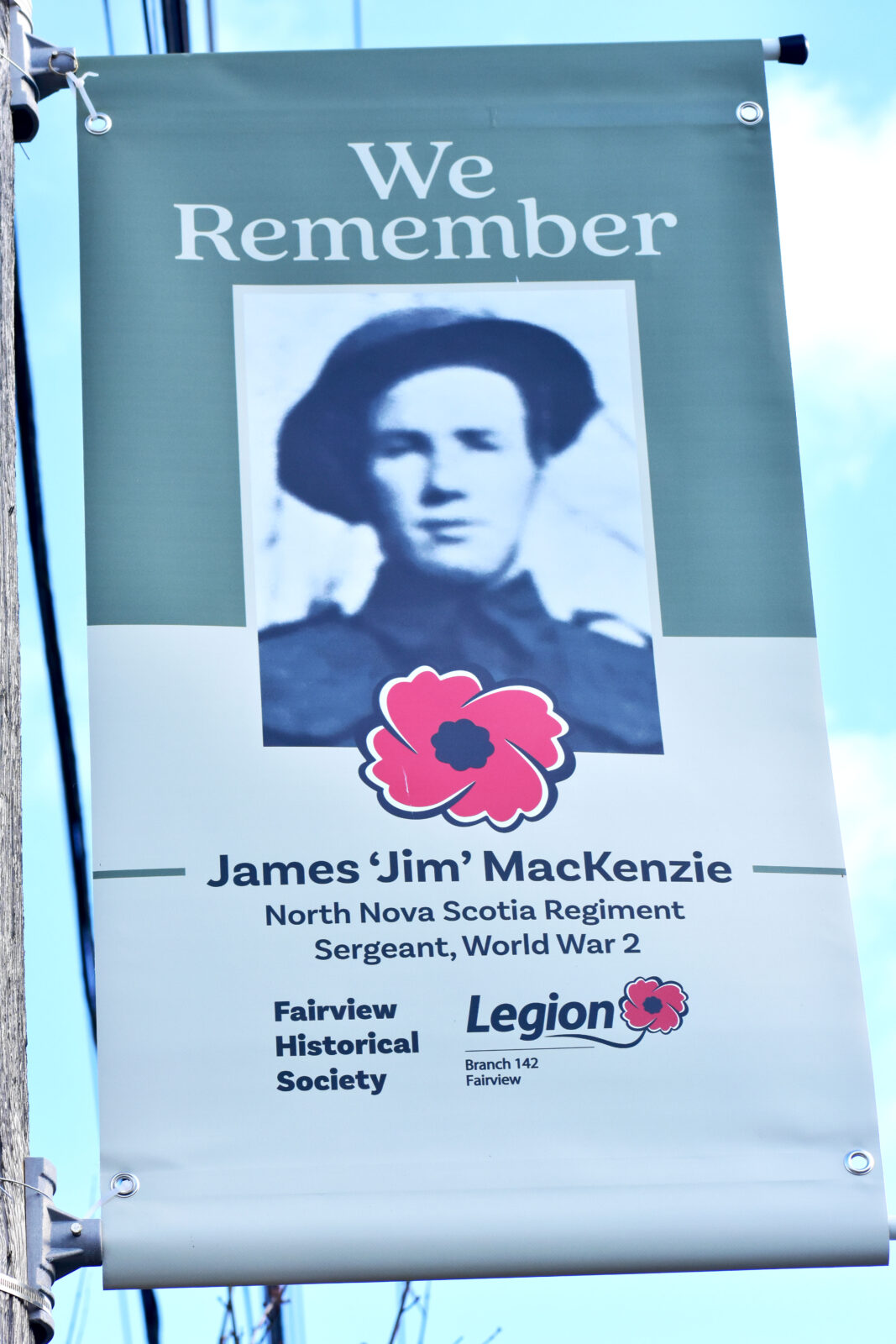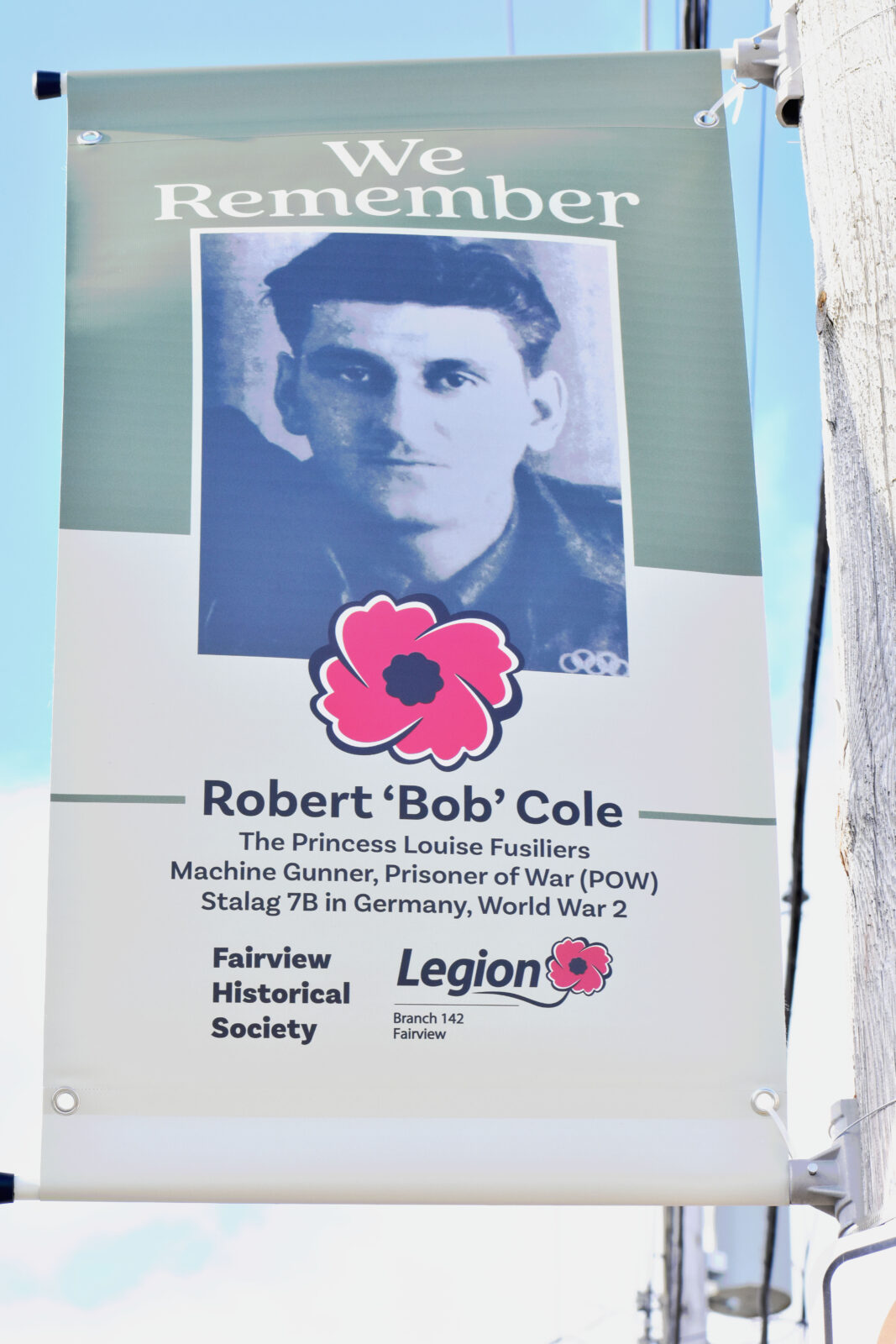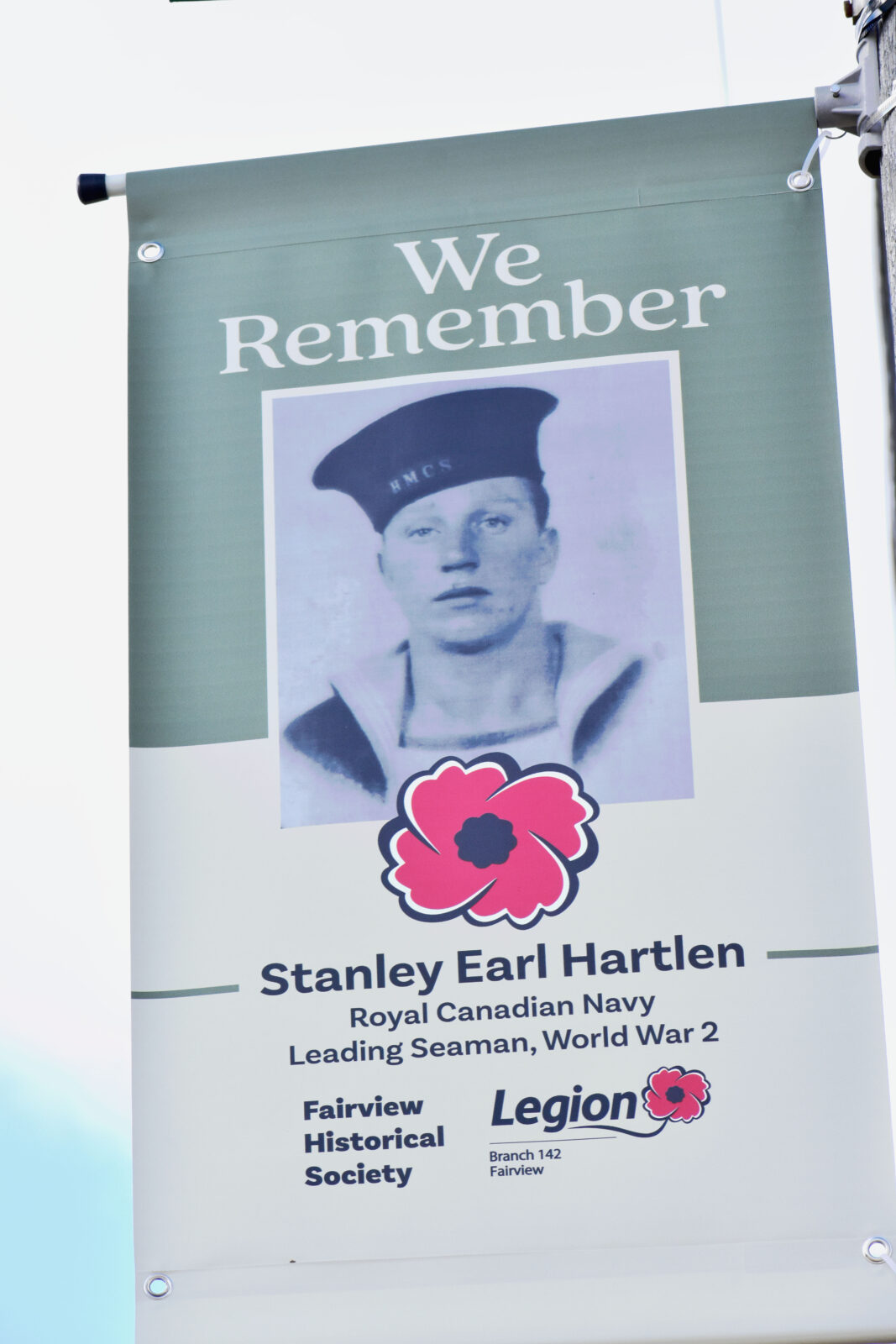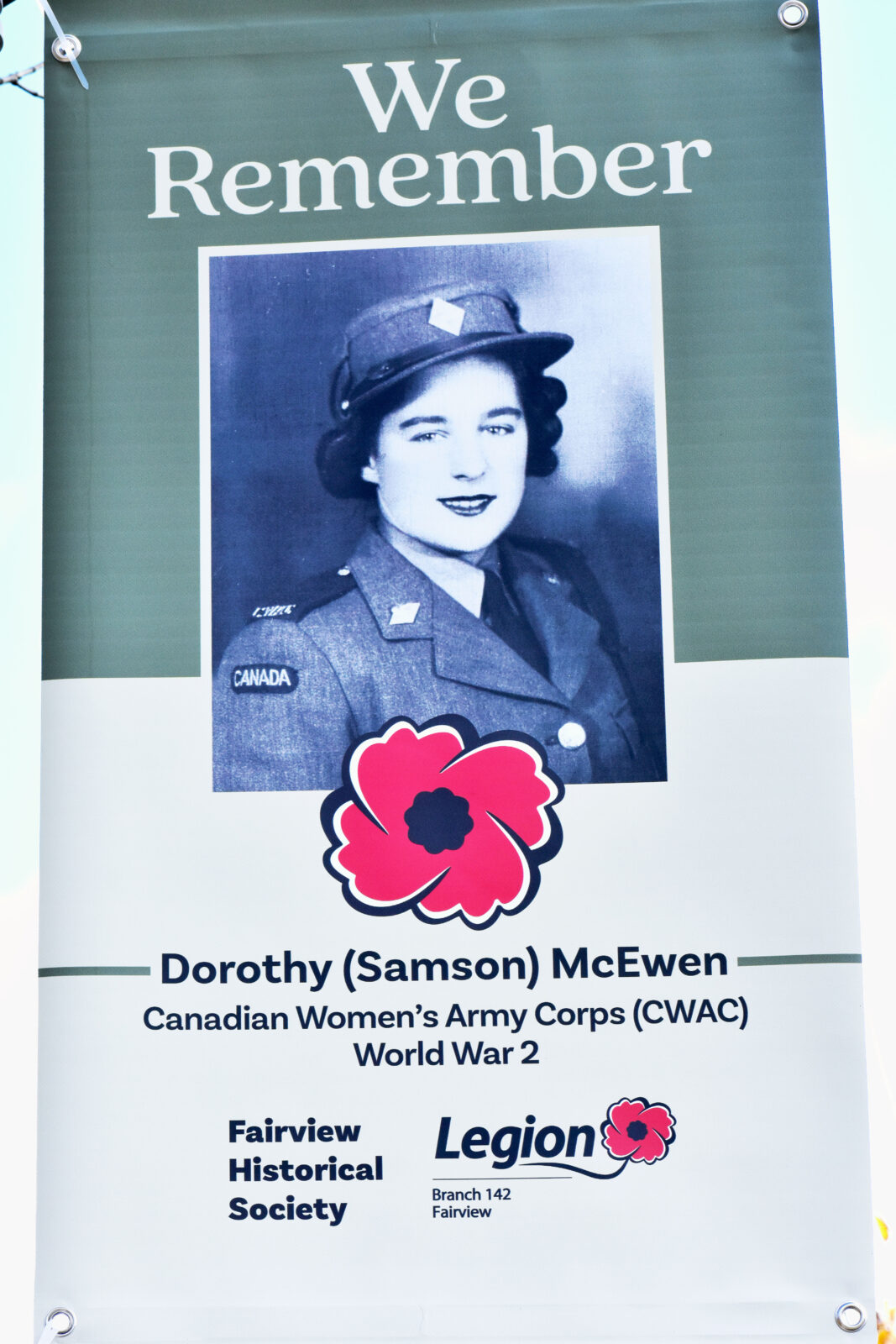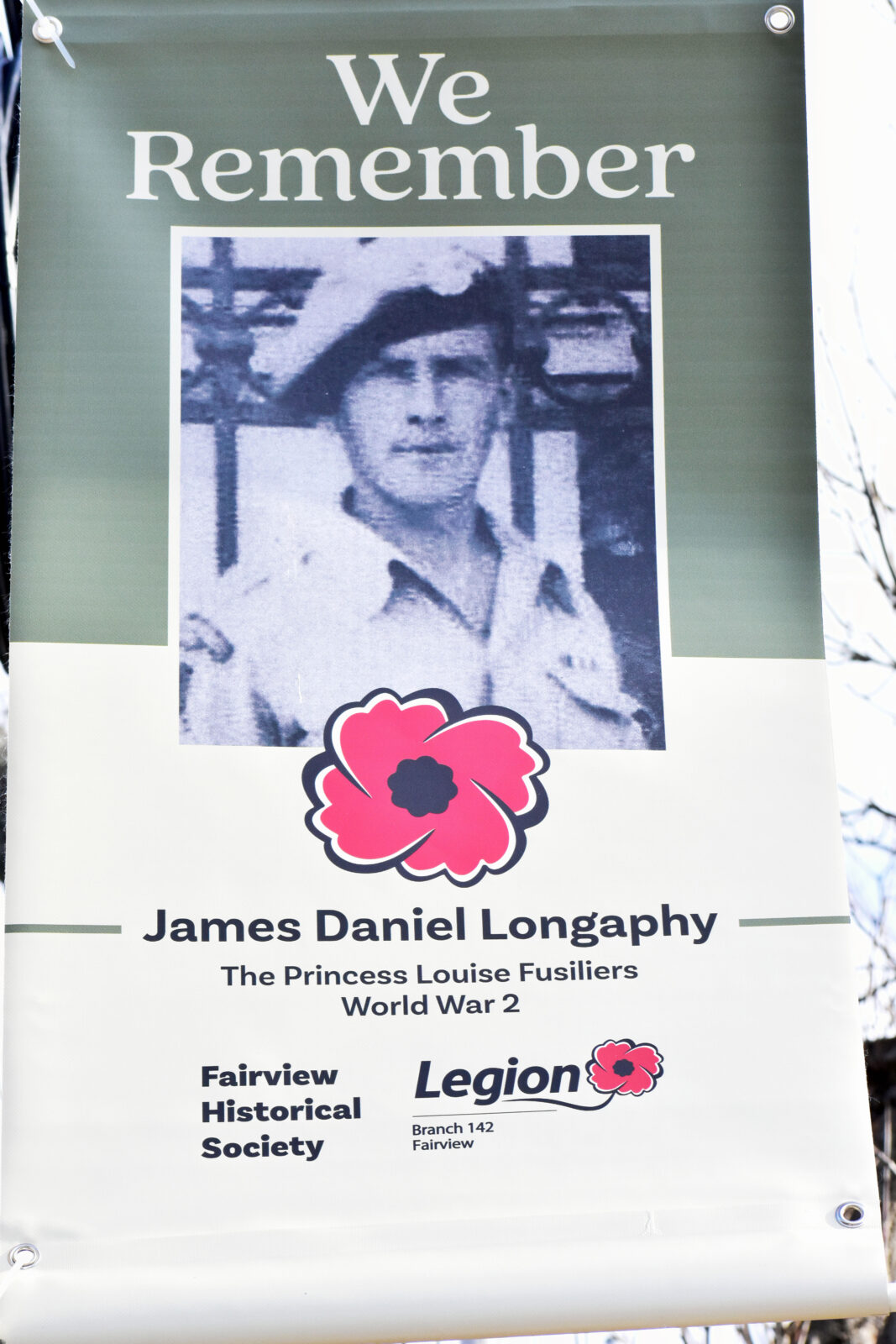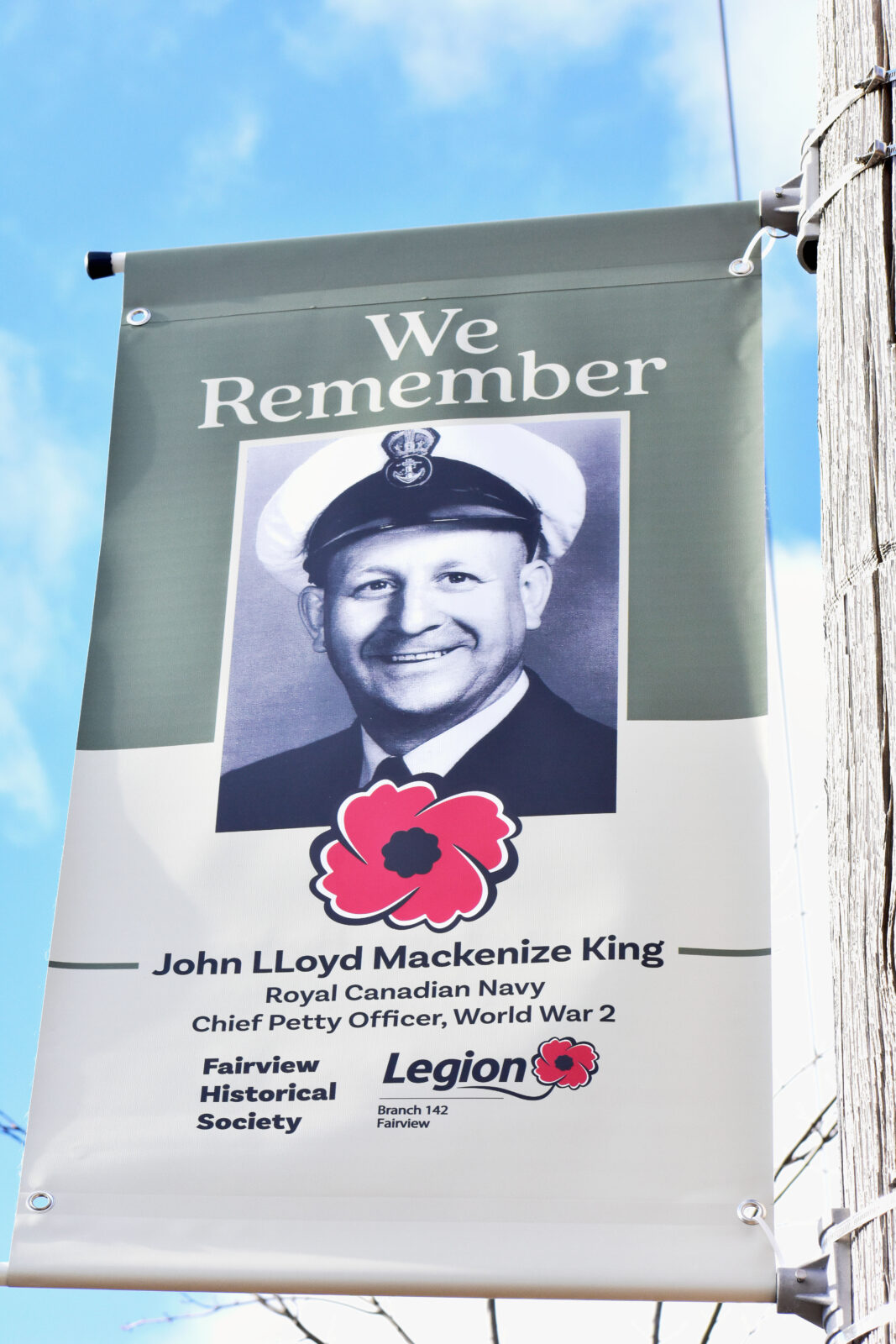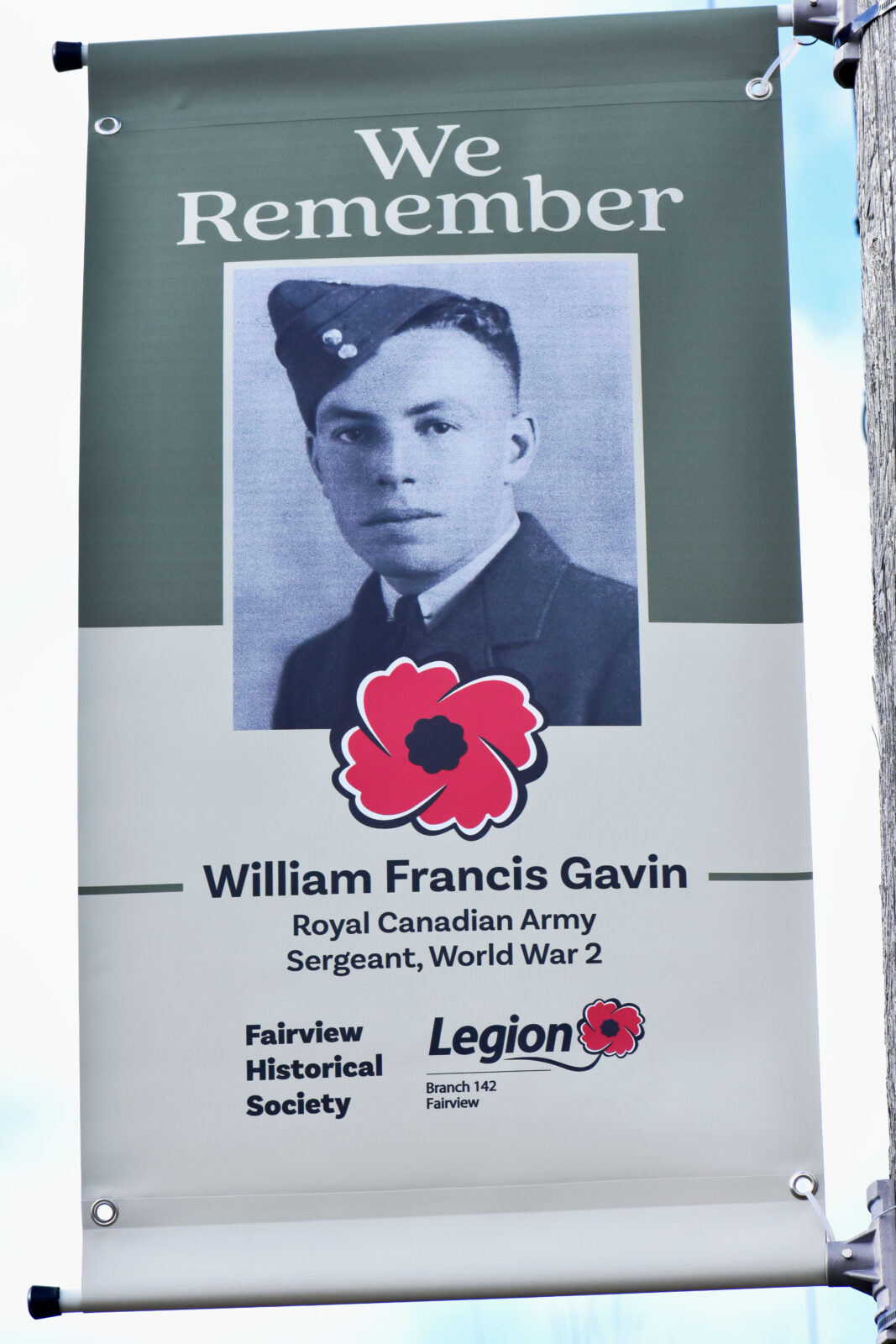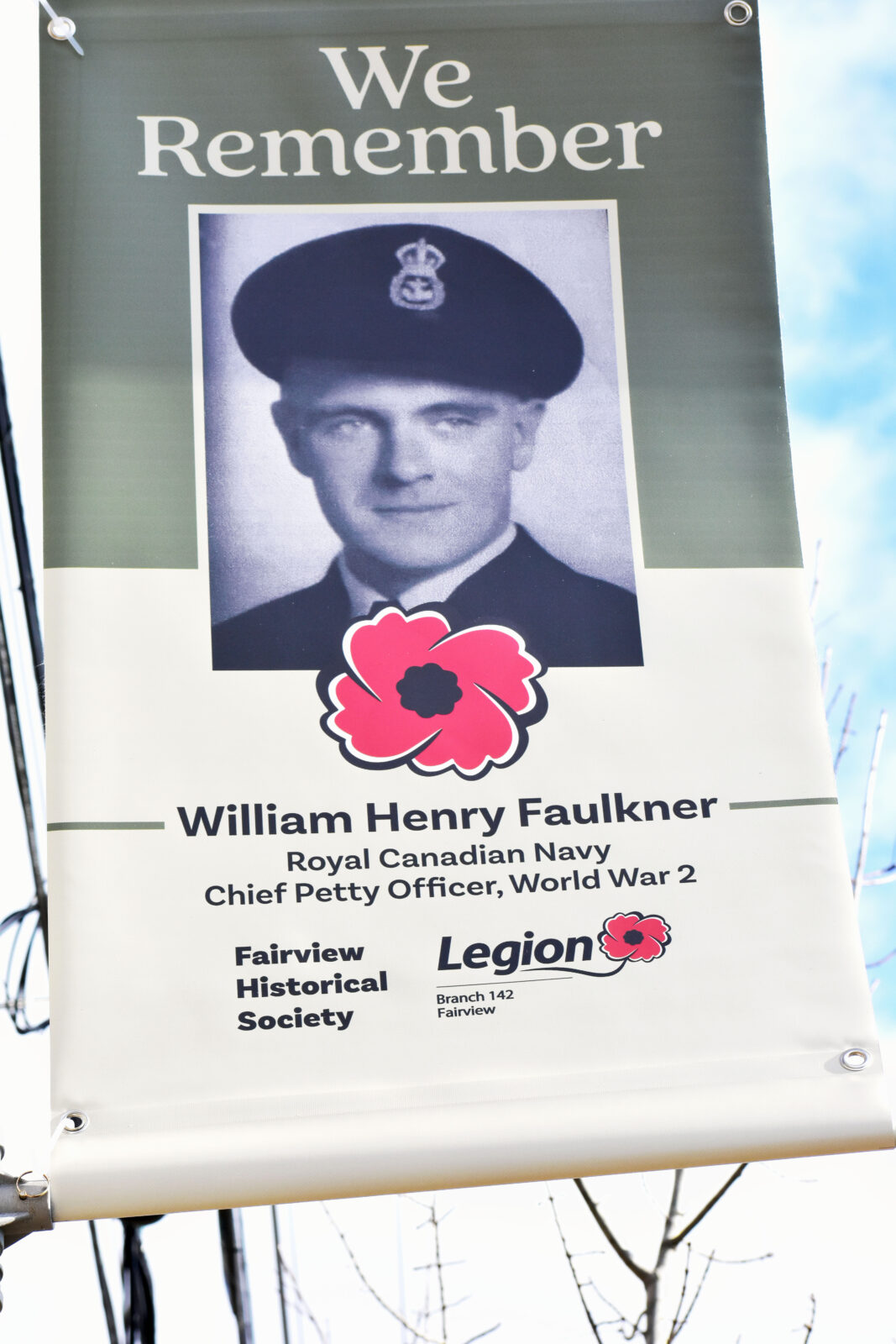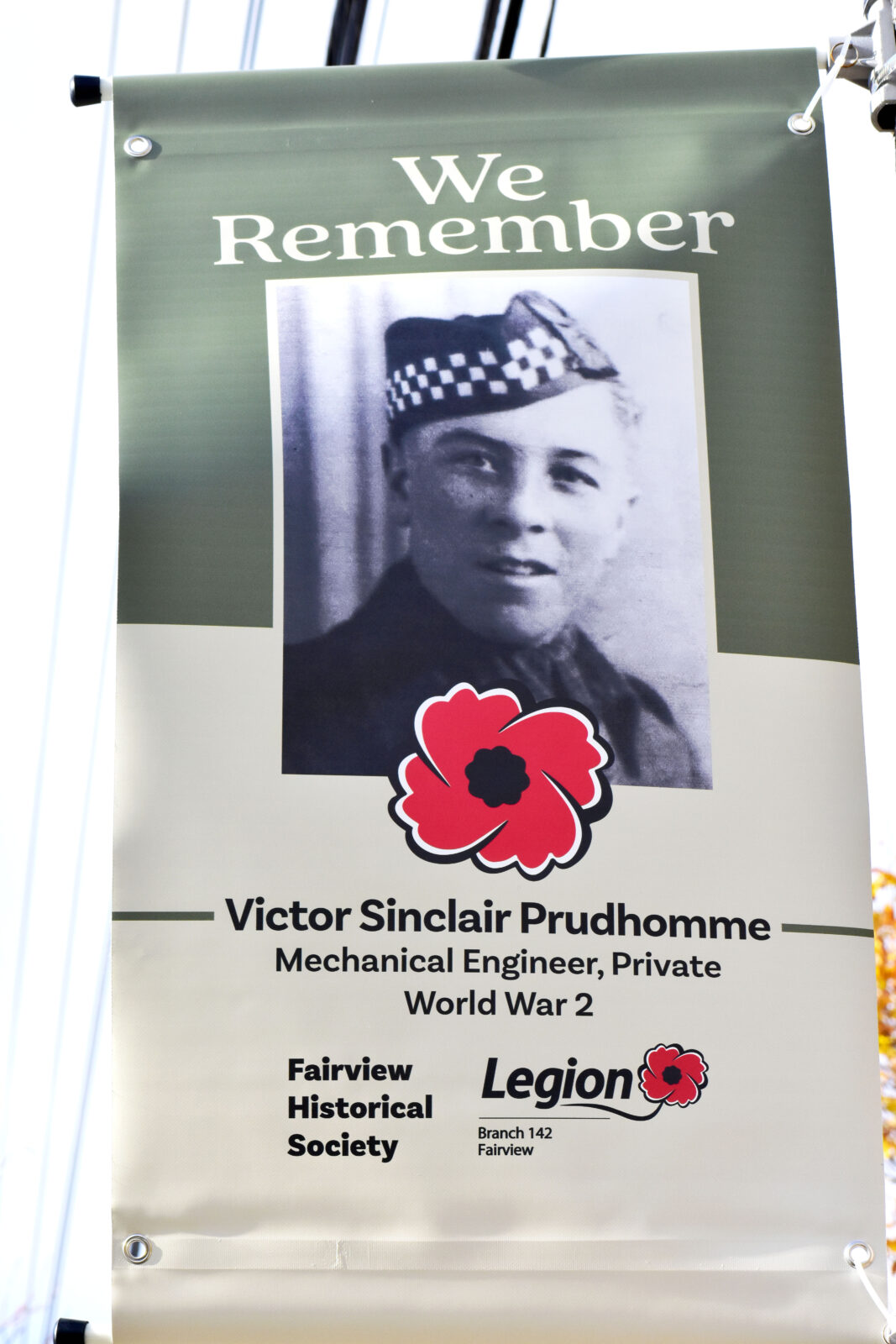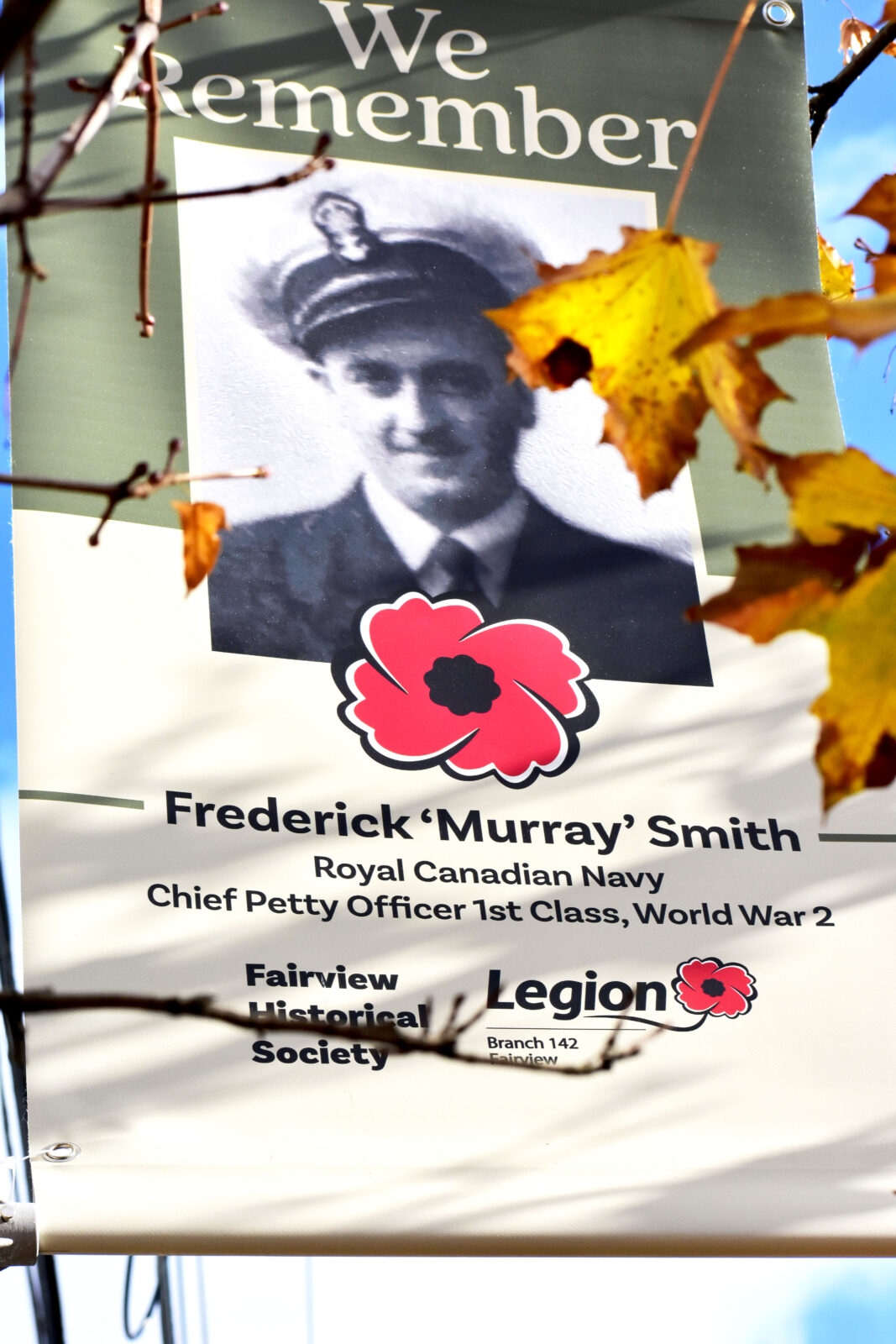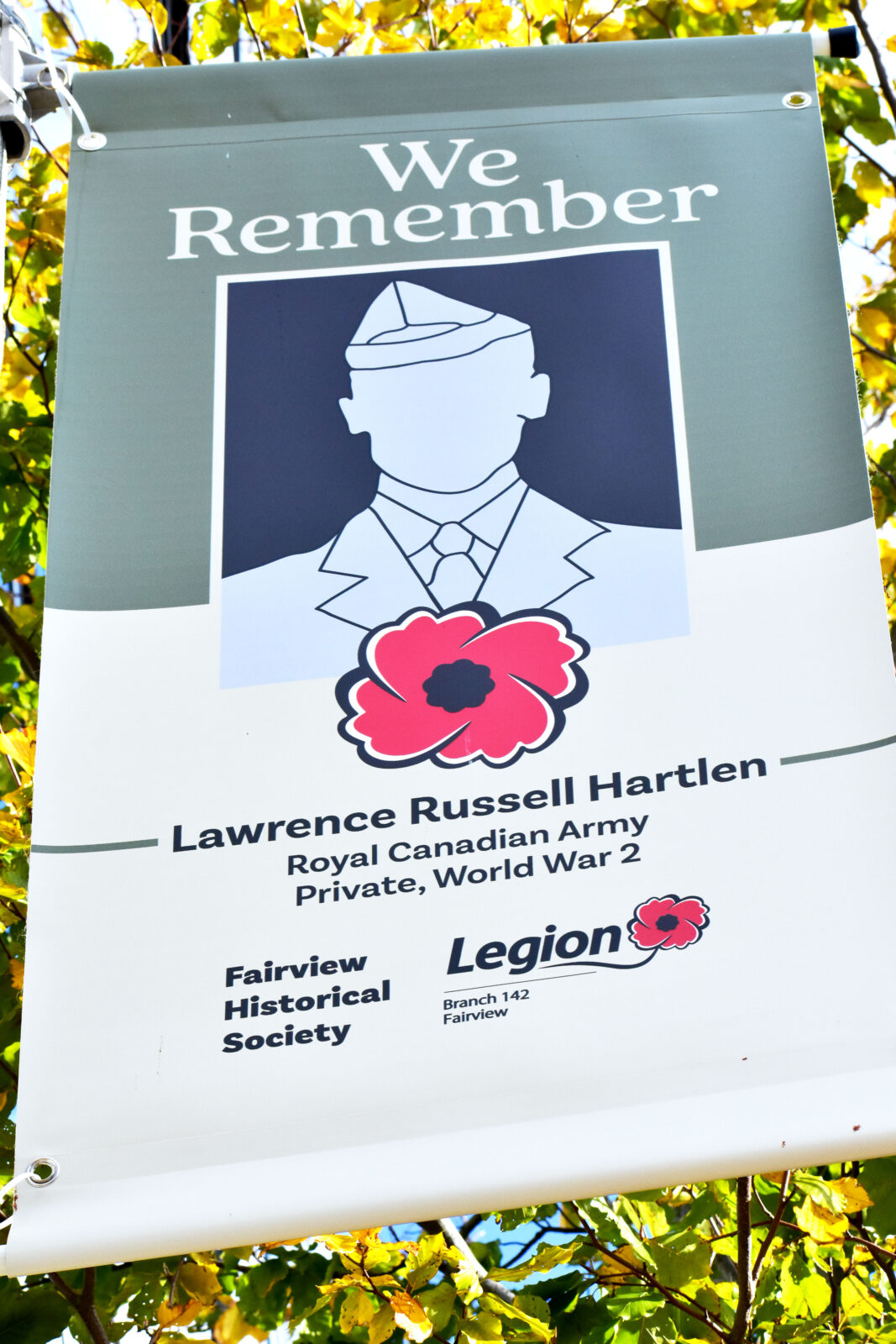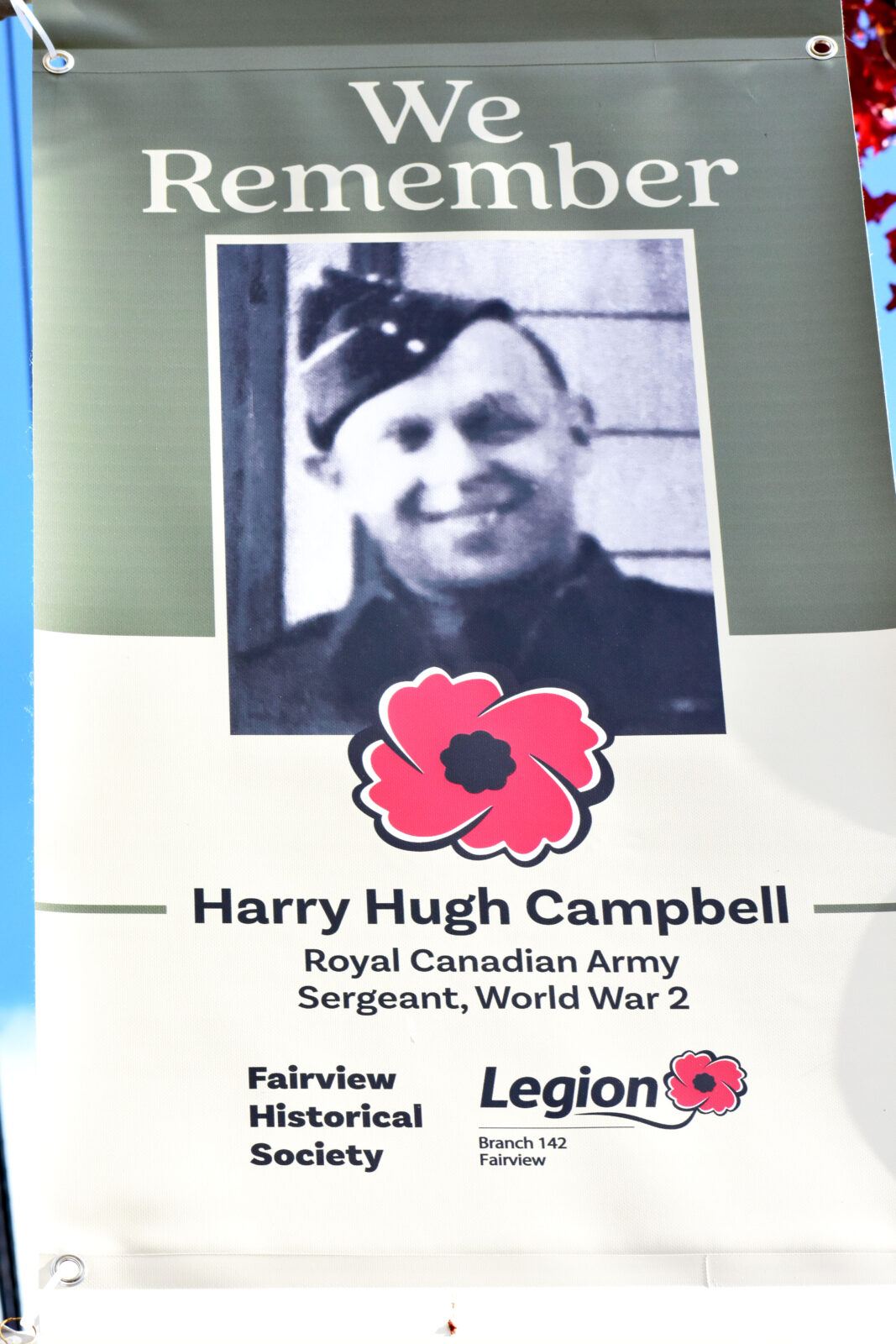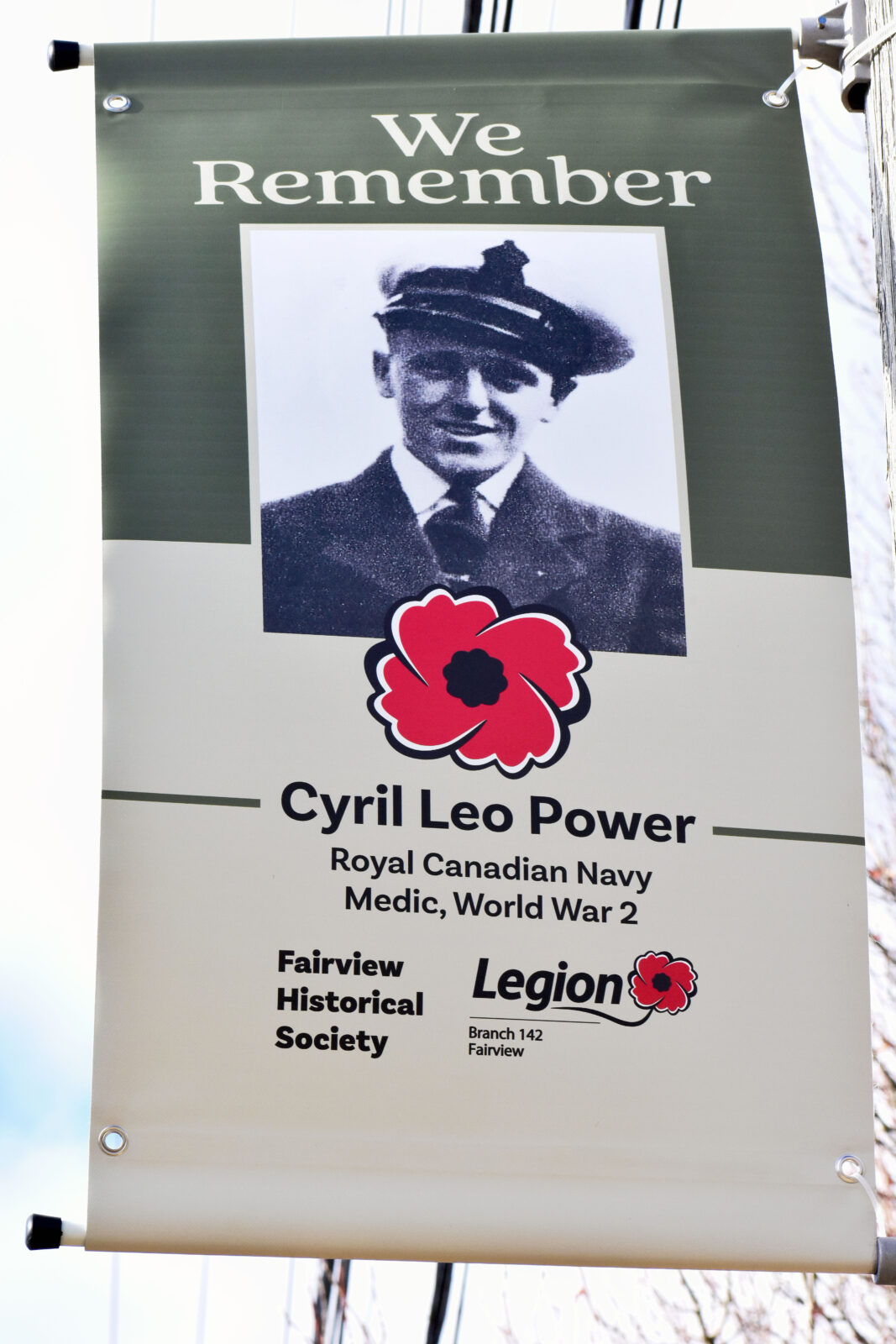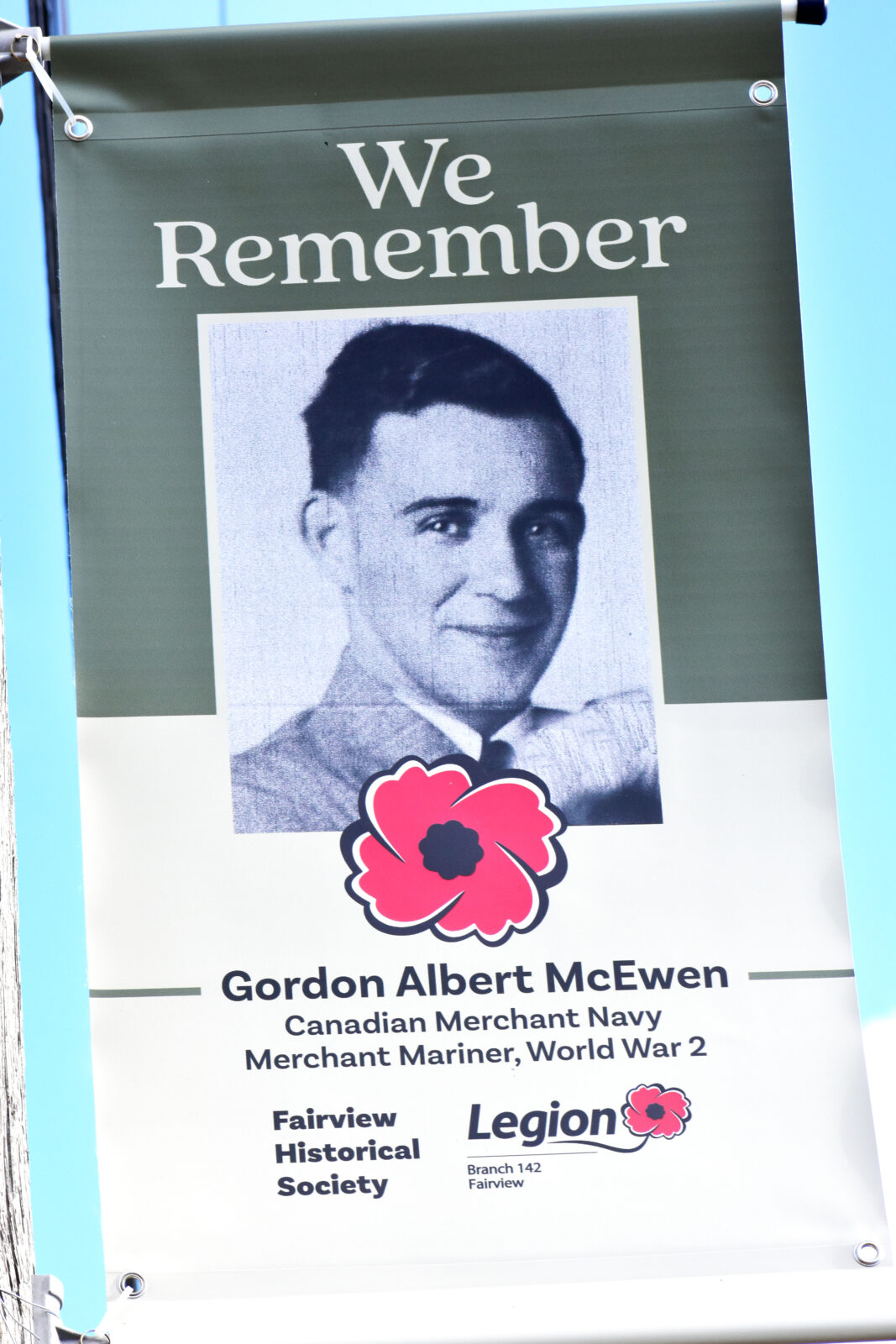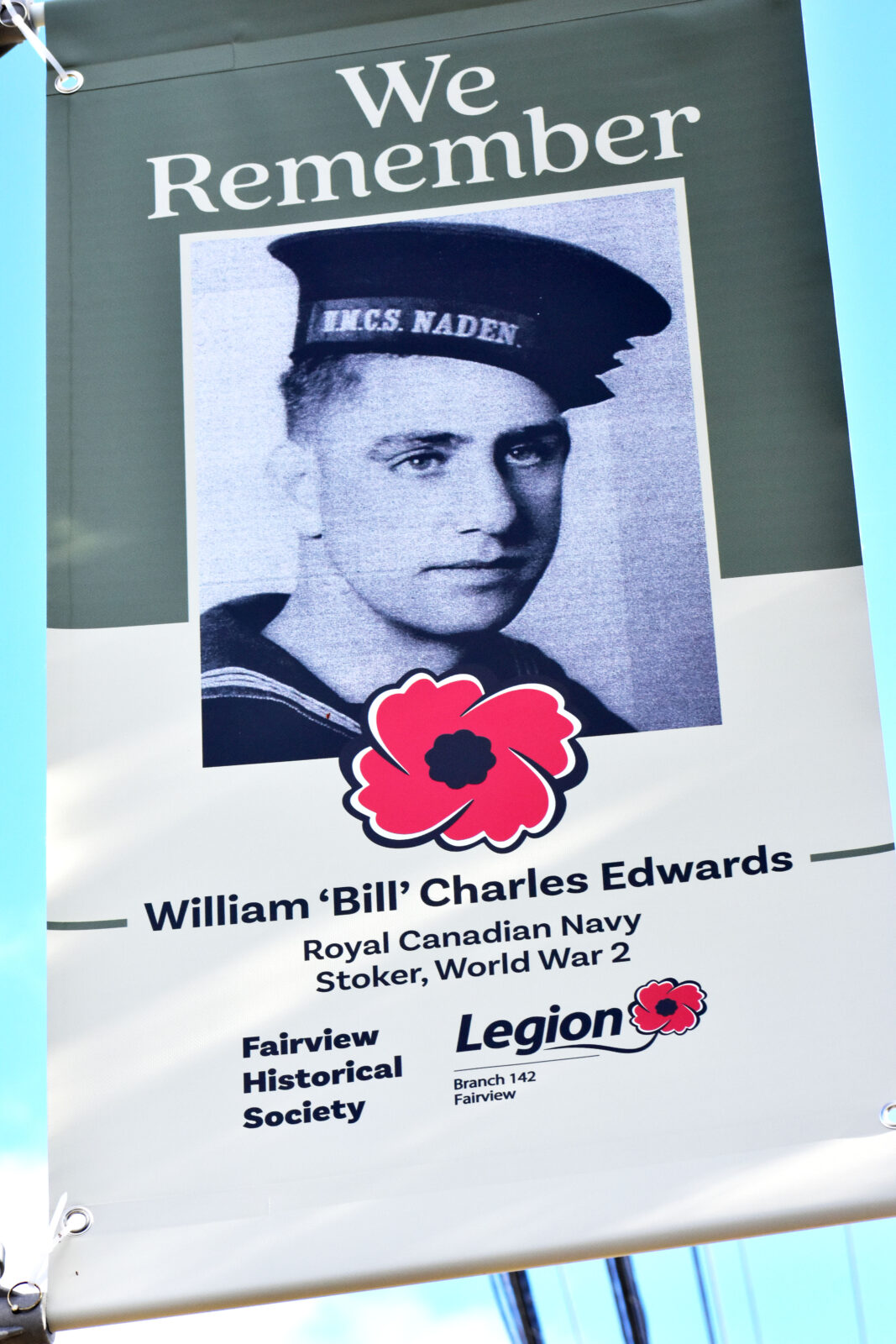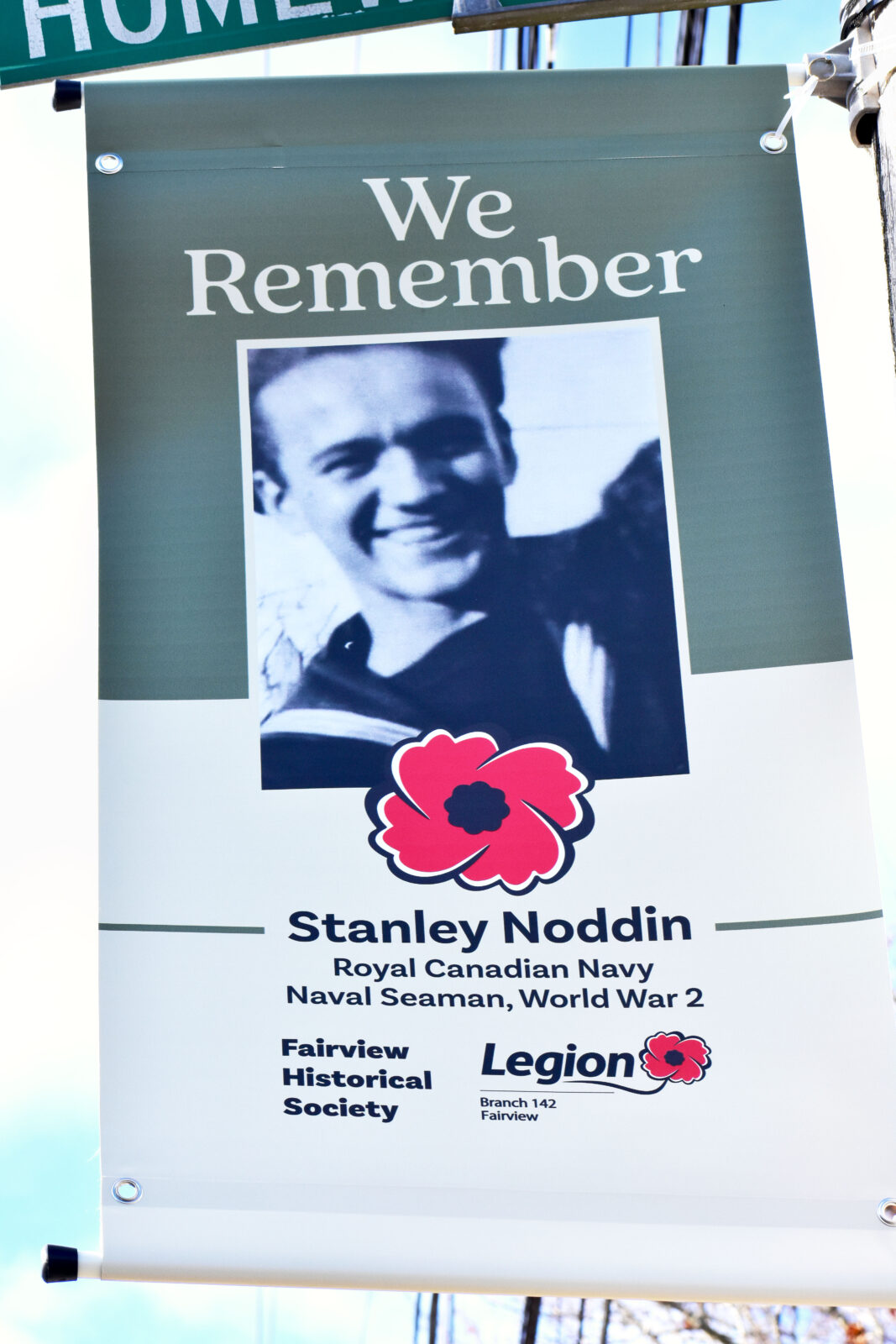Fairview Historical Society Articles Archives
Home – Articles – Videos – eBooks & PDFs – Local Authors – Sponsors – Contact
The Doukhobors, Lawlor’s Island
and Disease
Submitted by: Devonna Edwards
In January 1899, the SS Lake Superior arrived in Halifax Harbour with 2,000 Doukhobors aboard. The ship was flying a yellow flag, which signifies that there was disease aboard. When the Quarantine Officer went to check out the ship, he was told that an eight year old child had died of smallpox and was buried at sea. The passengers of the ship were then quarantined on Lawlor’s Island. The Doukhobors were Russian emigrants that had been exiled from their homeland due to their religious beliefs. They refused to serve in the army because they did not believe in killing and were perceived to be different, because they lived a communal lifestyle. As such they were ostracized by their government and the traditional churches, both were afraid of them.
The Doukhobors were described as very hardy looking people, who wore picturesque costumes; the men and boys wore goat skin coats and caps, while the women wore skirts of bright red or blue, heavy black jackets and coloured shawls as head dress. Lawlor’s Island was only prepared to handle 1,400 people, and the carpenters of Halifax and Dartmouth refused to build additional structures, as they feared they could contract smallpox themselves. Fortunately many of the Doukhobor men were woodworkers and carpenters, so they built another detention center to accommodate the balance of the 2000 immigrants, along with a kitchen and enlarged bath house. Food and supplies were sent to the island from Halifax.
To disinfect their bodies from the virus, sixty Doukhobors at a time were put in hot tubs. Their sheepskin coats were specially disinfected by a new formaldehyde concoction, used to keep the coats from falling apart. Other articles of clothing were disinfected by heating them to a very high temperature and then steamed again at even higher temperature.
The SS Lake Superior, which transported the Doukhobors and their cargo, was also disinfected with sulphur under pressure for twenty-four hours. After three weeks on the island with no detection of smallpox they were permitted to leave, with no deaths reported beyond the one girl, who was the single case that brought about the original quarantine. As fate would have it, one birth of a baby girl occurred during the quarantine period on Lawlor`s Island, the first Doukhobor birth in Canada. The ship sailed for Saint John, New Brunswick where they departed from the S.S. Lake Superior and boarded a Canadian Pacific Railway train bound for western Canada, there they were allowed to keep their faith and live as they wanted.
Over 7,500 Doukhobors immigrated to Canada in the early years and today there are between 30,000 and 50,000 living here.
Lawlor’s Island
The island is located at the mouth of Halifax Harbour, beside McNab’s Island and across from Eastern Passage. It is about three kilometres long and in 1750 it was called Bloss’s Island after Captain Thomas Bloss, who was given a land grant there. The island was also called by other names such as Webb’s Island, Carroll’s Island and McNamara Island, but the Mi’Kmaq were the first people to occupy the island using it as their summer encampment.
In 1866 Sir Charles Tupper, the City of Halifax’s Health Officer bought the island for the purpose of building a Quarantine Station for the victims of deadly contagious diseases, but that was not accomplished until after another cholera scare in 1871. A quarantine building that once stood on McNab’s Island called “the long shed” or “German Hospital” was disassembled and rebuilt on Lawlor’s Island. Three quarantine hospitals were built on Lawlor’s Island in 1871 and a Disinfected Station was added to the station in 1893. Three hospitals were built to accommodate the first, second and third class passengers. One structure was 120 x 20 feet and the others were 40 x 20 feet. The Quarantine Station included a smallpox unit, disinfection unit, care-takers residence and structures supplying water to the buildings.
The first patients to arrive on Lawlor’s Island Quarantine Station were a young woman and a man named Mr. Auld. Both of them contacted smallpox aboard the ship, SS Peruvian and Mr. Auld later succumbed to the disease while quarantined on the island.
In June 1873 the son of Chief Carpenter Bowser, who was building sheds on the island contracted smallpox and died. He caught the virus when he was cutting a hole in the roof of one of the hospitals to provide ventilation. The smallpox virus had risen to the roof and upon cutting a hole, the virus escaped out of the hole into the young man. The smallpox virus can lie dormant for long periods of time and be transferred by direct or indirect contact.
Smallpox
Smallpox is a disease caused by the variola major virus and is highly contagious. The disease was also called Inflammatory Fever or just The Fever and also Contagious Distemper. The symptoms of this disease are high fever, fatigue, headache, and backache followed by a rash with flat red sores. It was said that over the centuries smallpox killed more people than all other infectious diseases combined. Crowded and dirty immigrant ships brought destitute settlers to Nova Scotia, as well as many infectious diseases such as smallpox, cholera and typhus. When Halifax was founded in 1749 there was widespread smallpox disease in the city among Cornwallis settlers.
By 1900, officials had a deep-water wharf built and a shallow-water wharf built on the Eastern Passage side of the island. At that time Lawlor’s Island had two hospitals, a convalescent building, a disinfection autoclave, baths with needle showers, a bacteria diagnosis laboratory, a first, second and third-class detention hall, an ambulance building, several residences and staff housing. By 1908 a winterized hospital, power plant and a water tower were also built on Lawlor’s.
In 1938 a seaman was admitted to Camp Hill Hospital in Halifax and found to have smallpox. He was immediately transferred to Lawlor’s Island where he died from the disease. Two orderlies who had helped undress him contracted the disease and were quarantined on the island. They both survived. The orderlies were the last people to be quarantined on Lawlor’s Island, it was closed in 1938.
In place of Lawlor`s Island, the government used quarantine space at Pier 21 immigration terminal and built an isolation ward at Rockhead Prison in the north end of Halifax.
Lawlor`s Island was purchased by the Canadian government during World War 11 to be used as a hospital to treat venereal diseases brought back by servicemen from Europe.
Today the island is owned by the Nova Scotia Department of Natural Resources and is now part of the McNabs Island Provincial Park Reserve. At the present time the island is occupied by wild life and covered with heavy woodland, old foundations and rusted equipment from the quarantine station.
The Island also has a small neglected cemetery located on the northern end of the island, only a few markers remain of the forgotten victims who died from deadly diseases that once plagued the world before Vaccination.













